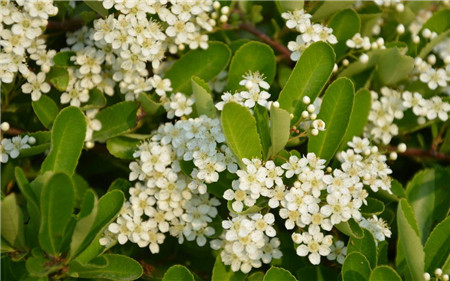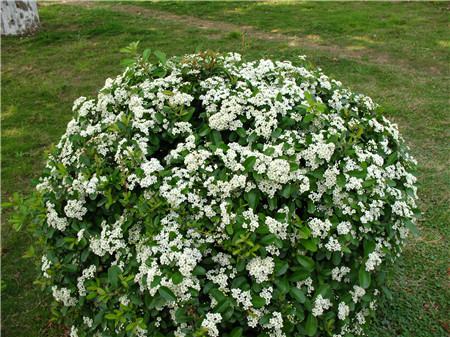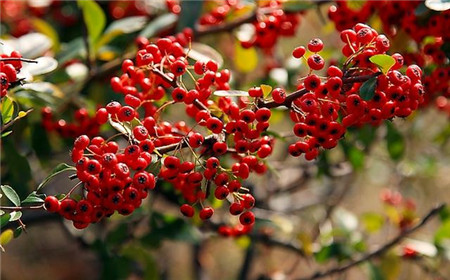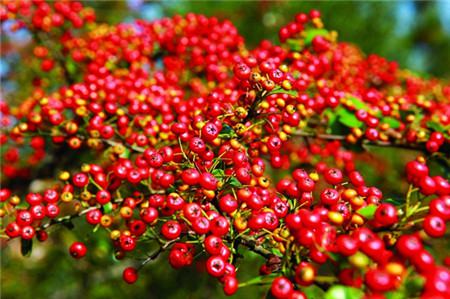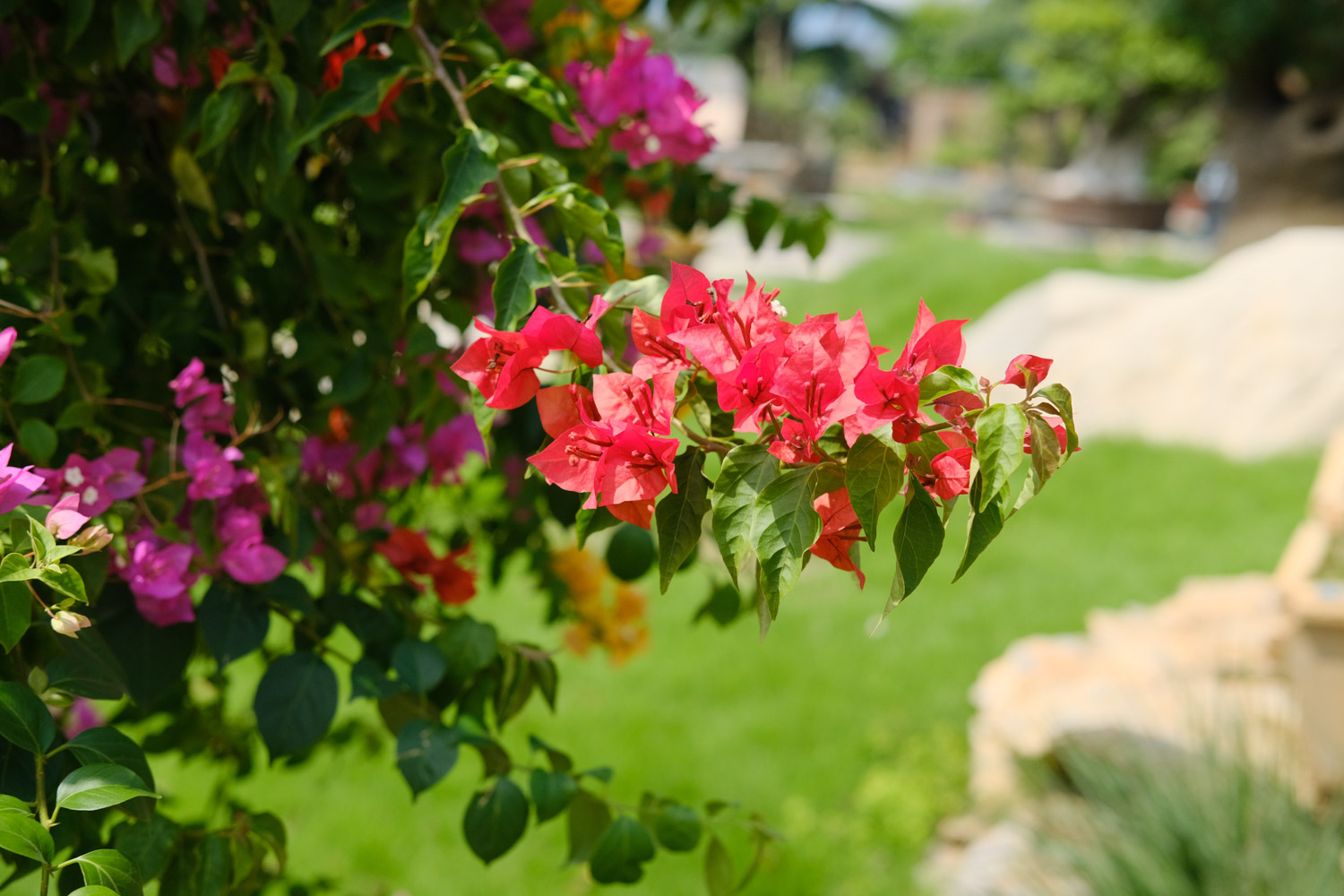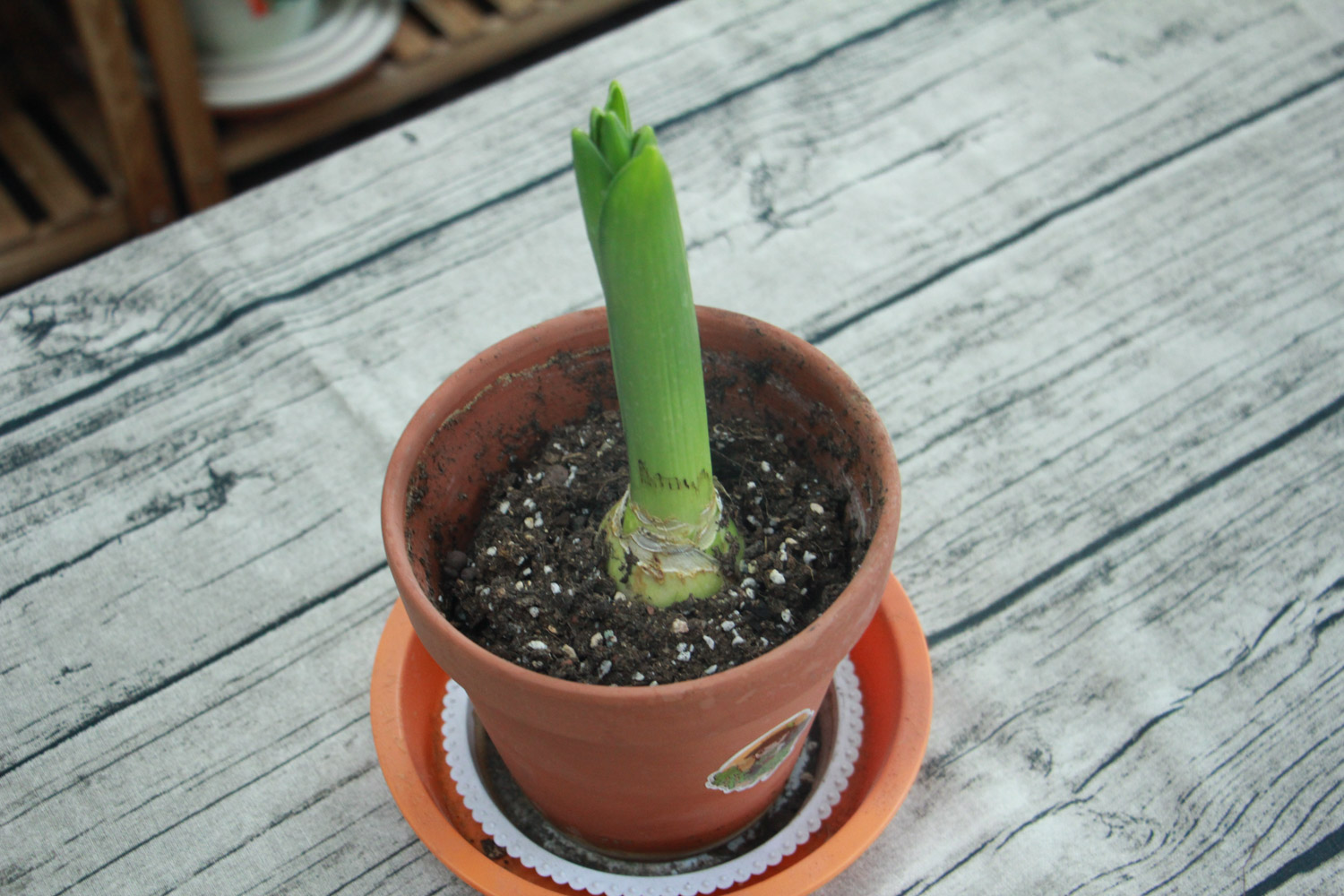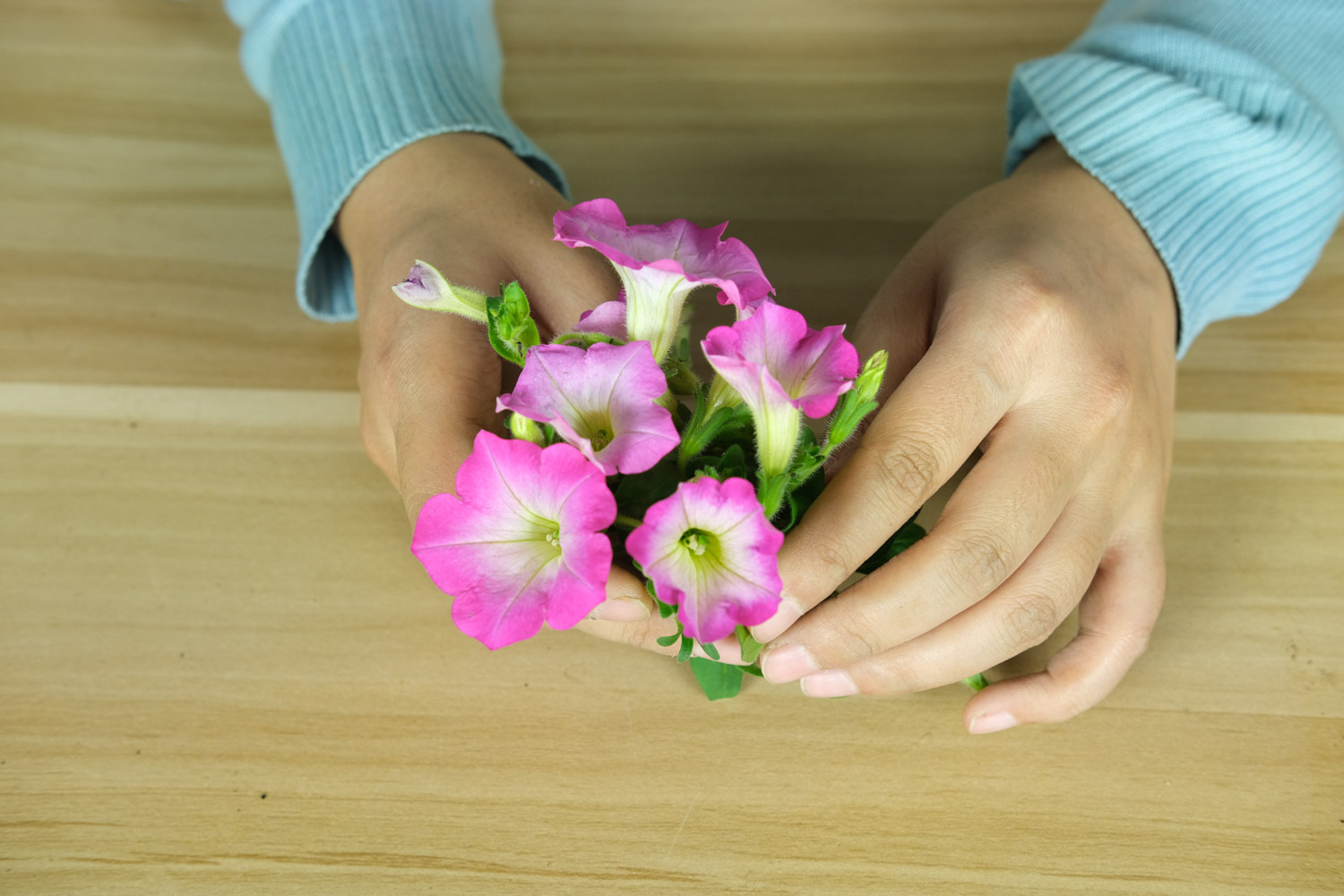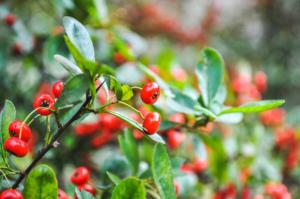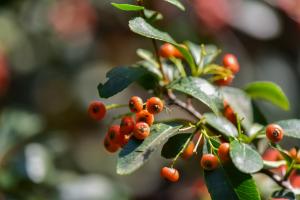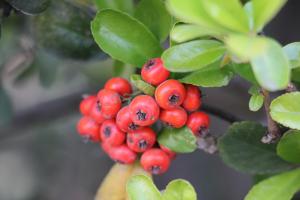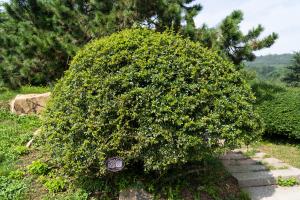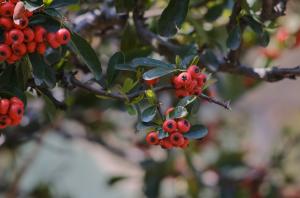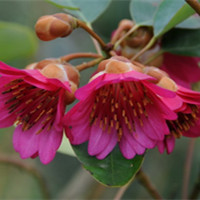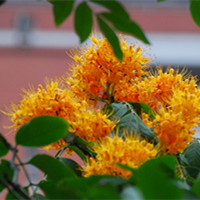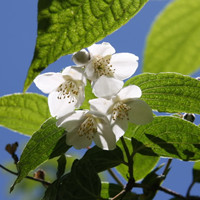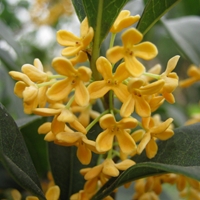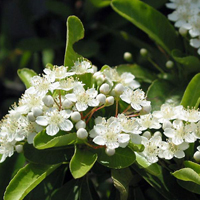Another name for Pyracantha
Saving grain, saving grain, torch fruit, chiyangzi, hongzici, Taiwan Hongguo, Hongzhu, auspicious fruit, champion Red, also known as abacus pearl in dialect
Growth habit of Pyracantha
Pyracantha has strong adaptability. It likes a warm and sunny environment and loose and fertile soil
Fire sacrifice, but the breeding method is mainly sowing. The seeds are easy to harvest. They can be collected and sown in autumn, or cuttings can be carried out in summer. When transplanting cutting seedlings, soil balls must be carried to improve the survival rate
Potted plants in the north can be moved to indoor maintenance from October to November, and can overwinter outdoors in Jiangnan area
Function of fire sacrifice
Ornamental value: Pyracantha is evergreen all year round, with soft and small branches and leaves, waxy leaves, white flowers in spring and red fruits in autumn
Edible value: Pyracantha fruit is rich in organic acids, proteins, amino acids, vitamins and a variety of mineral elements. It can be eaten fresh or processed into various drinks
Medicinal value: the root bark, stem bark and fruit of Pyracantha rhamnoides are rich in tannins, which can be used to extract tannins. It has the functions of clearing away heat and detoxification, generating saliva and relieving thirst, astringent and diarrhea.
Beauty value: red fruit contains biological whitening substances, which can effectively inhibit the activity of various pigment enzymes in the human body and prevent the skin from producing pigment.
Health care function: according to scientific identification, red fruit is rich in water, protein, fat, sugars, vitamins A, B, C, D, minerals calcium, phosphorus, iron and dietary fiber. It is effective in treating diabetes, hyperlipemia, arteriosclerosis, constipation and liver toxicity. It can remove garbage from the body, improve internal circulation and promote metabolism. It is known as the best blood clearing agent of nature
Appreciation of Pyracantha pictures
